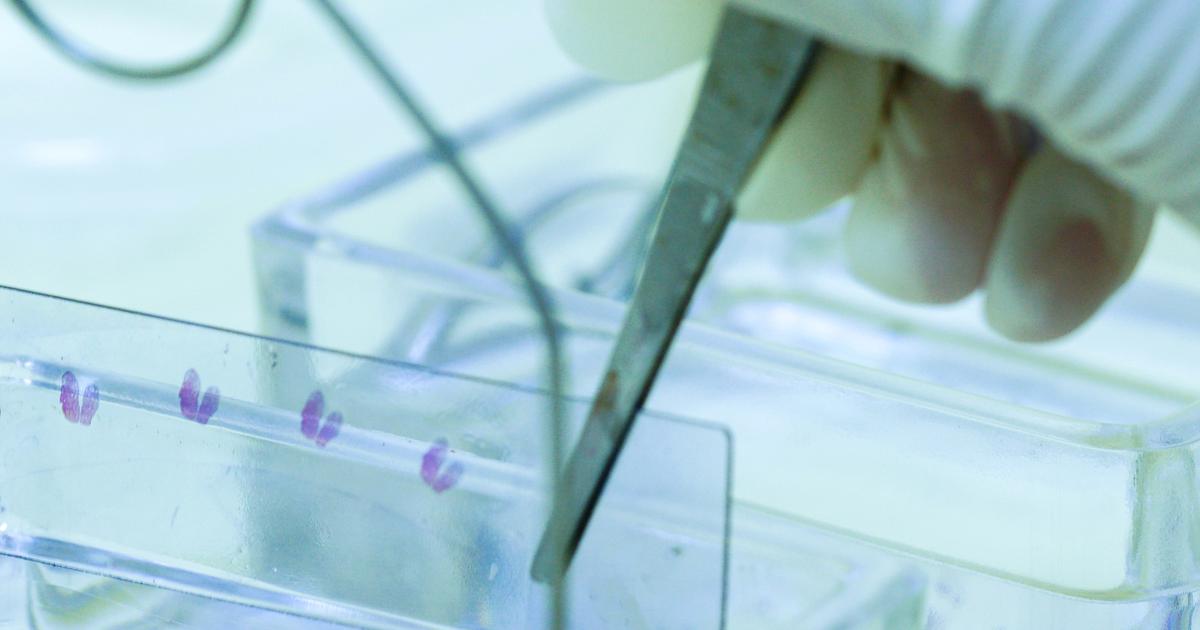Unveiling Cancer Detection Methods: Your Guide to the Medical Maze
A physical exam, personal medical history, and family medical history can tip off a doctor to the possibility of cancer or an increased risk of cancer. Of course, when an individual is screened for cancer or their doctor feels their symptoms and medical history suggest the possibility of cancer, further testing is required. This testing helps find cancer or rule cancer out as the underlying cause of their symptoms. Accurate testing to diagnose cancer is essential. Many tests also help doctors determine the extent of the patient's cancer. These tests are a significant part of effective cancer treatment. Upon diagnosis, doctors will detail a treatment plan for cancer. This often includes chemotherapy for cancer as well as surgery for cancer. Immunotherapy and radiation therapy are also common treatments for cancer. Patients may also try acupuncture for cancer, which may relieve treatment side effects. Of course, the best cancer treatment starts with the tests used to diagnose it.
Complete Blood Count

A complete blood count is a blood test that can assist in the diagnosis and evaluation of several types of cancer. A complete blood count measures the value of three different types of cells in the blood. The leukocyte count or white blood cell count is a measurement of the total number of white blood cells present in a sample of a patient's blood. A white blood cell differential measures the number of all types of white blood cells in a blood sample, including the number of basophils, eosinophils, monocytes, lymphocytes, and neutrophils. The red blood cell count measures the number of erythrocytes or red blood cells in the blood sample. Cancers that affect the bone marrow can cause a low white blood cell count or a low red blood cell count. Some cancers that affect the bone marrow can also lower the number of platelets in the blood. A complete blood count can help diagnose cancers like lymphoma and leukemia.
Biopsy

Some individuals who are suspected of having cancer may need to undergo a tissue biopsy to determine the underlying cause of their symptoms. In a biopsy, a tissue sample is removed from an individual's body and sent to a lab to be examined underneath a microscope. This examination reveals abnormal cells that may be cancerous or precancerous. Some biopsies can be performed with an endoscopic procedure. Others are guided with the use of diagnostic imaging like magnetic resonance imaging, computerized scans, or ultrasound. The most common parts of the body that are biopsied due to suspected malignancy include the breast, bone marrow, lungs, bladder, lymph nodes, skin, gastrointestinal tract, liver, and colon. Depending on the shape, size, characteristics, and location of the abnormality, the patient's doctor determines which method is used to carry out the biopsy. Some biopsies of lumps just underneath the skin can be performed with a sterile needle and do not require imaging guidance to carry out. When a needle removes any substance from a mass in an individual's body using a needle, it is called an aspiration biopsy.
